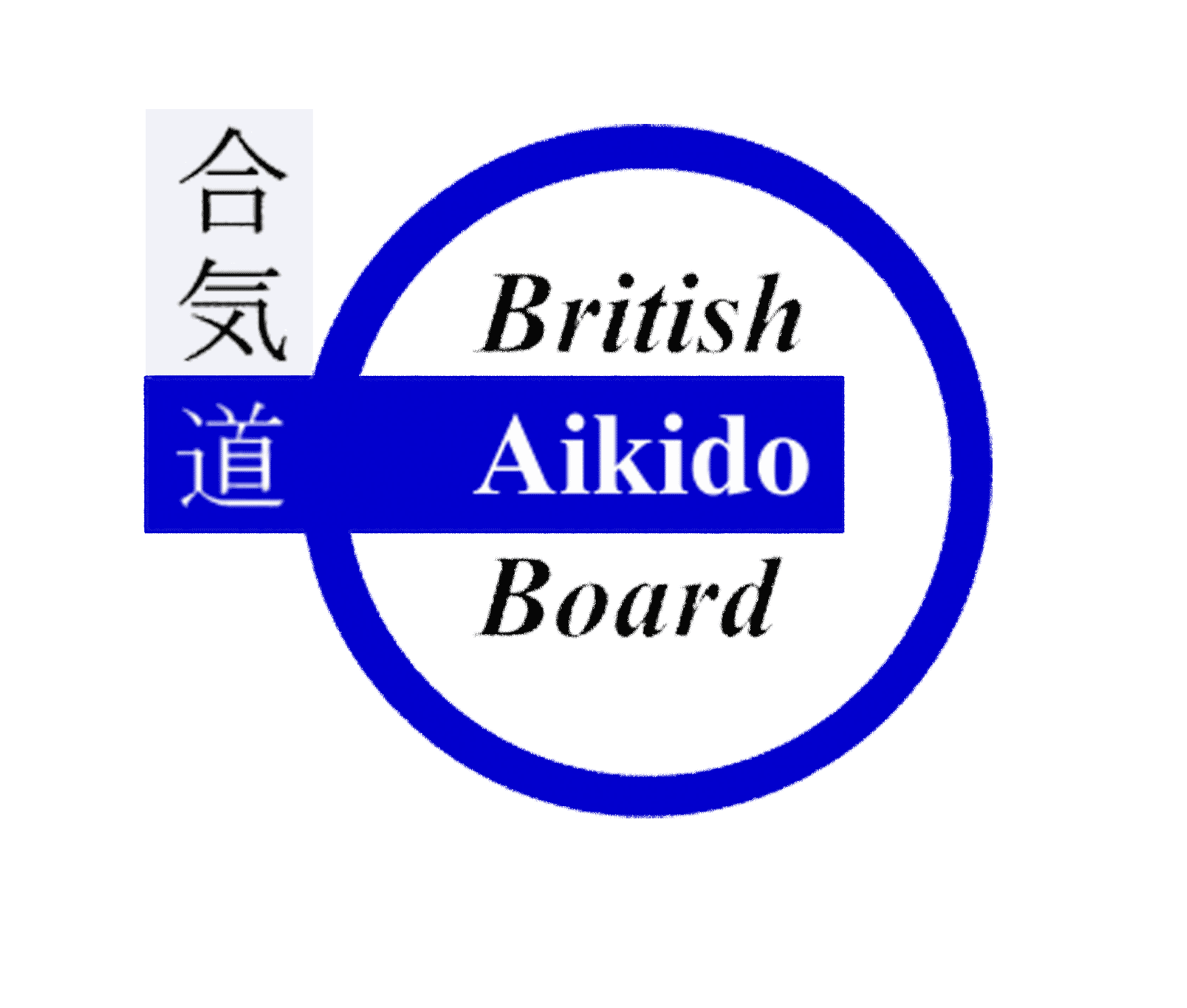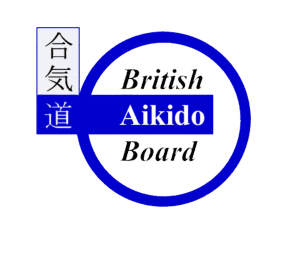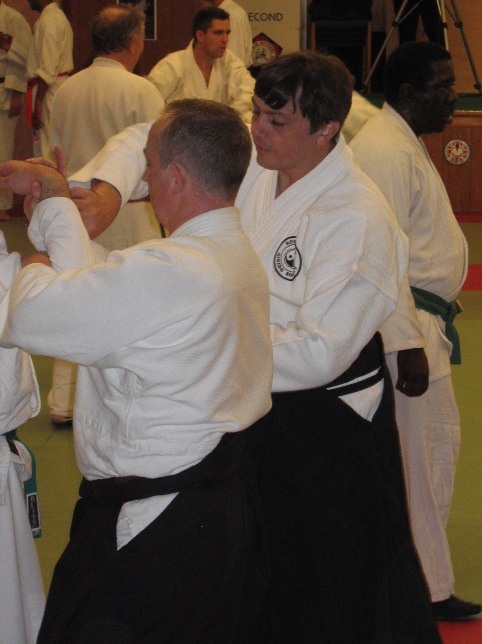
Supplement 30 to the Coronavirus Guidance – England
The BAB joined a video meeting with Sport England & the DCMS again on the 6th May 2021
Information Received.
Although the country will move to Step 3 on the 17th of May 2021, the combat sport framework will basically remain as it is with the following small changes. The Sport Combat Group has asked the government to reconsider based upon what other actives are now allowed, which is why we did not release this information earlier. We where given no information on the relaxation of the rules to allow normal contact martial arts.
At Step 3:
· Combat sports: the government have confirmed that at Step 3 combat sports will stay at phase 1 for adults indoor and outdoor, and phase 2 for children indoor and outdoor.
· Indoor activity: can take place informally in groups of up to 6 / 2 households. Indoor organised activity can take place in larger numbers. This means that both adult and children classes can take place without number restrictions, as long as it is undertaken in line with Covid-secure guidance and adheres to the capacity restrictions for indoor sports facilities (100sqft per person).
· Outdoor activity: can take place informally in groups of up to 30 people. Organised outdoor sport can take place with unlimited numbers.
· Car sharing can now take place
· Spectating can now take place indoor and outdoor. Spectators need to adhere to social gathering limits (maximum groups of 30 outdoors and maximum groups of six/two households indoors). The rule for indoors is that the total number of participants, coaches, officials and spectators must be in line with the facility guidance on ventilation rates, the maximum occupancy of each indoor facility should be limited by providing 100sq ft per person.
Therefore organised indoor adult and children sport and physical activity can return (including Aikido) subject to the BAB Return to the dojo guidance. For organised indoor sport and physical activity (Aikido), there’s no limit on group numbers so long as people adhere to capacity restrictions on indoor facilities. The maximum occupancy of each indoor facility should be limited by providing a minimum of 100 square feet per person (See more information below).
- U18s can return to Indoor organised Aikido at phase 2 (contact) as per the combat sport framework definition see below.
- Adults can return to Indoor organised Non Contact Aikido at phase 1 (pad work / which is weapon to weapon or similar for aikido) of the combat sport framework combat sport framework definition see below. Where the activity is organised there is no limit on numbers of participants (But BAB Guidance is a maximum of 15)
- Definition of organised:
Organised sport and physical activity must be formally organised by a qualified instructor of a national governing body and follow sport-specific guidance where appropriate. ( BAB Return to the dojo guidance.)
If it does not follow this definition, the session would constitute as informal and must follow general government guidance on social gathering and social contact limits. which limits to Indoor gatherings of either six people (the ‘rule of six’) or two households can take place.
Note regarding ventilation
The UK government has confirmed that a minimum of 100 square feet (9.29 square metres, or 3.05 metres in each direction) per person must be used when working out a venue’s maximum occupancy.
The wording from the UK government is as follows:
- The maximum occupancy of each dojo/gym/hall should be limited by providing a minimum of 100sqft per person. For this figure, the area is the net useable space available to members to use, including changing rooms, toilet and wash facilities. Reducing capacity in this way whilst sustaining ventilation flows, will increase the typical current 10l/s/p flow rate of ventilation to at least 20l/s/p, as fewer people are being served by the ventilation system.
- In addition, a distance of at least two metres in all directions must be observed at all times by everyone who uses an indoor sporting facility, with particular care taken at pinch points.
Section from the Sport Contact Combat Framework
Phase 0: non-contact socially distanced activity
At phase 0, contact combat sports may resume non-contact training. This means that they should only train individually and there should be no activity with others, including with equipment (such as pad work). Clubs, providers and participants must adhere to legal gathering limits, social distancing guidelines and venue requirements, as set out in government guidelines.
Phase 1: return to equipment training
At phase 1, contact combat sports can resume contact training. They can train with others and do not have to maintain 2m social distance. This is solely for the use of training with handheld and wearable equipment (such as pad work), and during this phase there should be no direct personal contact or contact with clothing. Sports should provide guidance on whether (and what type of) personal protective equipment (PPE) is appropriate for individuals holding or wearing contact equipment.
Training which involves contact should take place within ‘training bubbles’, in accordance with the relevant social contact rules at that step of the roadmap. Individuals may only be part of a single bubble at an individual club/gym. Individuals may not be part of multiple bubbles at the same or at different venues (for example a coach may not train with a bubble of similarly experienced participants and then become a coach for a less experienced group; a children’s instructor may not coach more than one group of children, even on separate days). Coaches or participants holding or wearing the equipment are considered to be part of the bubble.
Coaches or officials who operate socially distanced from bubbles and are not holding or wearing equipment can operate across bubbles or multiple gyms. However, even when socially distanced, coaches or officials may wish to limit the number of bubbles or facilities they work with to limit exposure, and should make clear to facility operators if they work across multiple venues. Where possible, socially distanced training should be maintained for all participants.
For under-18s and where the activity is for educational purposes (e.g. students studying sport at further or higher education), the training bubble may be up to 15 participants. Participants in a training bubble should not mix with others in different bubbles, before, during or after the training activity.
Phase 2: return to contact training
At phase 2, contact combat sports may resume contact training which includes direct physical contact between participants.
Training which involves contact should take place within ‘training bubbles’, in accordance with the relevant social contact rules at that step of the roadmap.
Individuals may only be part of a single bubble at an individual club or gym. Individuals may not be part of multiple bubbles at the same or at different venues. For example, a coach may not train with a bubble of similarly experienced participants and then become a coach for a less experienced group. A children’s instructor may not coach more than one group of children, even on separate days. Coaches or participants holding or wearing the equipment are considered part of the bubble.
Coaches or officials who operate socially distanced from bubbles and are not holding or wearing equipment can operate across bubbles or multiple gyms. However, even when socially distanced, coaches or officials may wish to limit the number of bubbles or facilities they work with to limit exposure, and should make clear to facility operators if they work across multiple venues. Where possible, socially distanced training should be maintained for all participants.
For under-18s and where the activity is for educational purposes (e.g. students studying sport at further or higher education), the training bubble may be up to 15 participants. Participants in a training bubble should not mix with others in different bubbles, before, during or after the training activity.
Phase 3: return to competition
At phase 3, contact combat sports may resume competition between participants.
The provision of competition, including the number of participants permitted to take part, should be determined adhering to legal gathering limits, and dependent on venue capacity (see guidance above on ventilation and venue capacity). For under-18s and where the sport is for educational purposes, up to 15 people may engage in contact combat sports competition. Participants may not mix with other participants, before, during or after the event.
The number of participants set out in legal gathering limits does not include coaches, officials and others attending for work purposes (e.g. event staff), but these numbers must be minimised. Sports should provide guidance on whether (and what type of) personal protective equipment (PPE) is appropriate for individuals holding or wearing contact equipment.
Competition activities in phase 3 should be organised with a minimum 2-week break between phase 3 activities. Phase 1 and 2 activities may continue during this time. Individual sports action plans should set out clearly who is responsible for adhering to measures and maintaining records of phase 3 activities.




